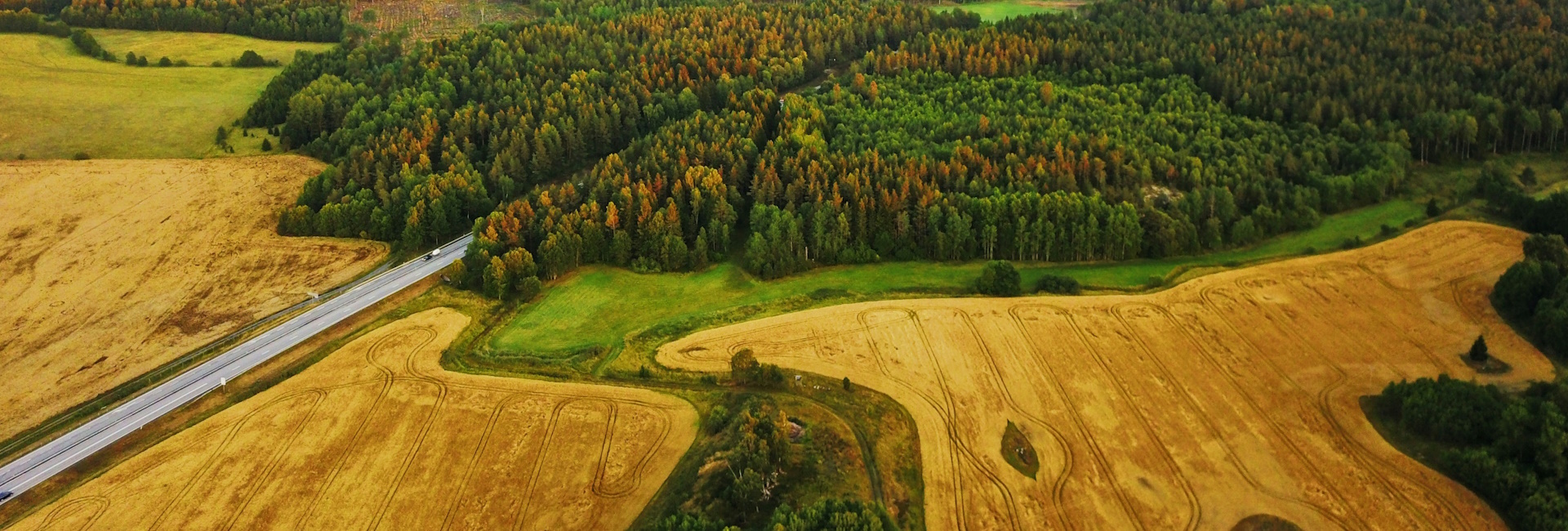
Ademe, the French Agency for Ecological Transition, has just published a guide produced by BASIC explaining how to carry out an analysis of a food system, its sustainability and resilience.
The guide (which can be downloaded from the Ademe website) is based on the methodology we developed while carrying out several regional studies at Ademe’s request: in 2021 in the Hauts-de-France region, then between 2022 and 2023 in the regions of Normandy, Occitanie and Auvergne-Rhône-Alpes. This method has also proved its worth when applied on a smaller scale, from the département down to the intercommunal level.
This integrated approach is based on several stages which, when combined, enable us to define a transition strategy that is both anchored in local realities and focused on structural change in the territorial food system.
1. The first step is to carry out a diagnosis of the local food system. This is based on:
– an analysis of the flows of raw materials and processed products that enter, leave, are manufactured and consumed in the territory. This is an essential step in assessing the territory’s level of dependence to others, as well as the degree of connection between the different stages of the local value chain (from agriculture to consumption).
– a study of the players involved in the various stages of the local food value chain, the depth of their roots in the territory and their socio-economic characteristics. These elements make it possible to analyze the footprint of the various players in the area, through the way they use or generate local resources. The aim is also to study how the characteristics of these players relate to the flows quantified above.
– an analysis of the social, health and environmental sustainability issues associated with these stages of the local food system.
2. The second step is the co-construction of forward-looking visions (to 2050, for example) integrating all the diagnostic components described above: flows, food system players, sustainability issues, as well as the potential for reconnecting the various links in the local food system (agricultural production, agri-food processing and final consumption). The aim is both to become aware of the trend trajectory of the territory’s food system and to develop a more sustainable and resilient projection of its evolution, by acting on some of the structural elements of the food system to improve its effects on individuals, society and the environment.
3. The final step is to identify the “strategic lock-ins” that prevent the territory’s food system from moving from its current situation to this desirable vision. These lock-ins are the starting point for defining the strategic changes that need to be made in the territory to unblock the situation and open up the field of possibilities. The various players in the area can then co-construct action plans to bring about concrete change.